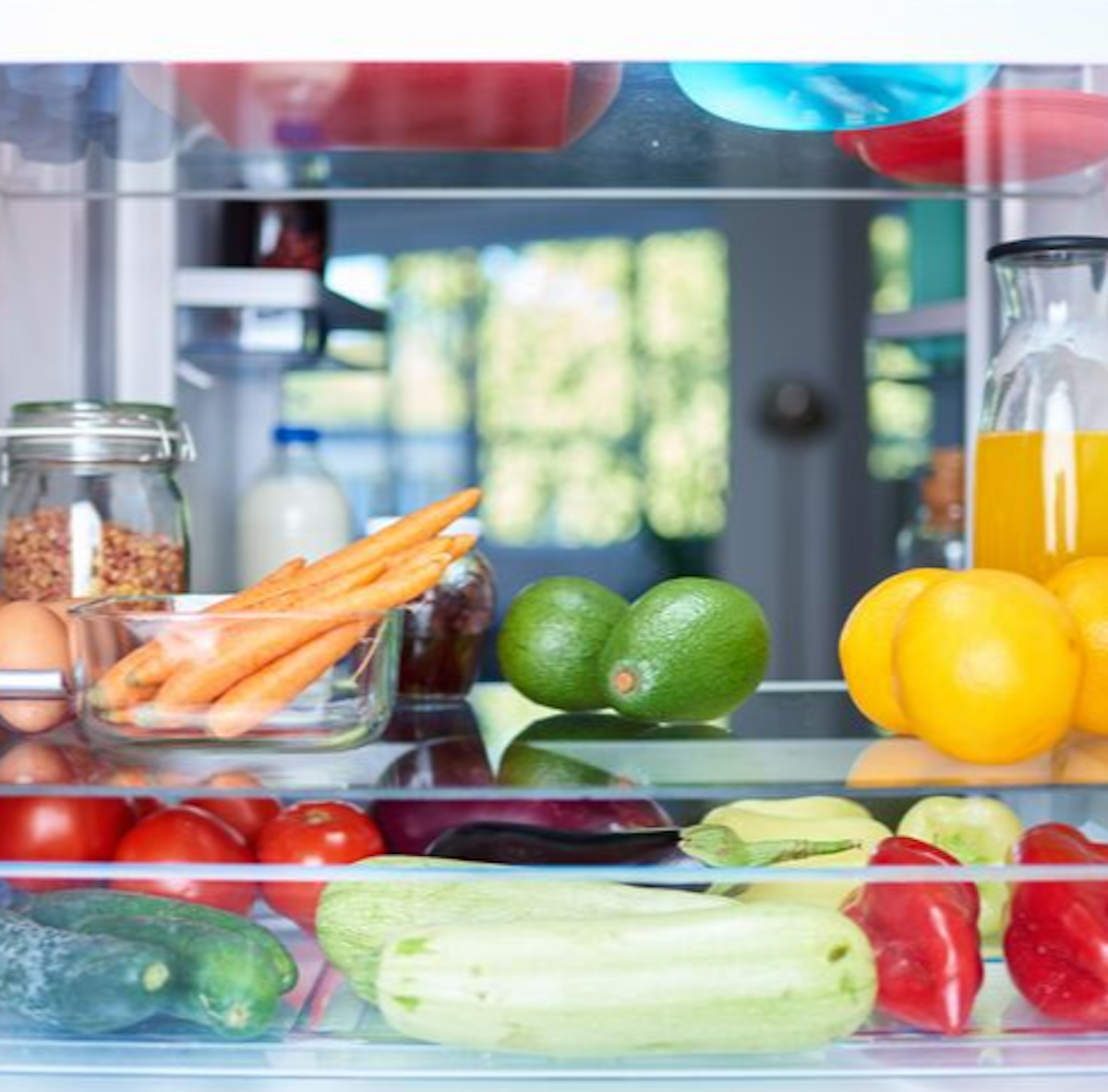Cleaning the fridge is one of those tasks that’s easy to overlook. But a clean fridge helps to keep your food fresher for longer, and stops the spread of potentially harmful bacteria.
Just Helpers Founder Antoinette shares her top tips on how to clean your fridge with minimum fuss.
When to Clean Your Fridge
It’s a good idea to clean your fridge at most every 3 months. Of course, if something spills in the fridge it’s best to wipe it up straight away. This is especially important for milk, which will smell bad if it isn’t cleaned up quickly. Wiping up sticky spills as they happen will also make it easier to clean your fridge.
To clean your fridge thoroughly, you need to empty it first. So, it makes sense to clean your fridge before you go to the supermarket or before your delivery arrives. That way, you will have less food to store whilst you clean.
Before you Start to Clean Your Fridge
Now is the time to have a good sort through the contents of your fridge.
- Throw away any food which is out of date or inedible – don’t forget those half jars of chutney left over from Christmas!
- Empty your vegetable drawers and salad crisper.
- Take everything out of the door racks – get rid of flat fizzy drinks or the dregs in wine bottles.
- Put perishable food (especially meat, fish and dairy products) into a cool bag or box with frozen chill packs to keep them fresh while you clean.
- Finally, check the manufacturer’s instructions for your fridge for any special precautions.
How to Clean Your Fridge – Step by Step
- If possible, pull out your fridge. Vacuum around, underneath and behind it, and wash the floor.
- Remove the drawers, crisper and shelves. Leave them on the kitchen counter to come up to room temperature before washing. This is especially important for glass shelves which can shatter with a sudden change in temperature.
- Wipe all the surfaces inside the fridge including the door. Avoid using bleach or strong-smelling cleaning products which can taint the food. A solution of bicarbonate of soda, vinegar or Milton is ideal. Bicarbonate of soda is also great for neutralising odours if a spill has gone unnoticed and resulted in a nasty niff! Cotton buds are great for cleaning fiddly corners. Dry thoroughly with a clean tea towel.
- If you notice a pool of water at the bottom of your fridge, it’s likely that your drip-hole is blocked. Find this at the back of the fridge – a cocktail stick is useful to clean it.
- Wash the shelves, drawers and crisper in hot soapy water (washing up liquid is perfect). Remember to remove the plastic guard strips from each of the shelves. These often need a good soak and a scrubbing brush to get to the bottom of the narrow crevices. Don’t be tempted to pop them in the dishwasher either – it’s too hot. I also find that it leaves watermarks on the plastic components. Dry thoroughly before putting them back in the fridge.
- Don’t forget the outside of the fridge. A micro-fibre cloth is great for getting a streak-free finish. Use a vacuum to clean crumbs and debris from the door seal and wipe with your bicarbonate of soda solution. Dry thoroughly.
- Now you’re done! Let your fridge get back to the correct temperature before re-filling it (a fridge thermometer is useful for this).
Keeping your Fridge Clean
Now that your fridge is fresh and clean, you’ll want to keep it that way! Try these tips for fridge organisation.
- Wipe the outside and bottom of jars and bottles before you put them back in the fridge.
- Try to put everything back in an organised way so you can find things.
- Try to put food which needs to be used first closest to the front.
- Consider using labelled baskets or trays to keep similar foods together (cheese, yoghurts, jams etc)
- Organise your vegetable drawers, with tender products such as salad leaves separate from heavier, more robust veg such as carrots or sweet potatoes. This will stop them getting crushed and spoiled.
- Label your left-overs and plan when you will use them, or freeze them so they last longer.
- Write the date on jars or bottles when you open them – that way you can be sure to use them up while they are still fresh, and avoid waste.
- When you do your big shop, get into the habit of checking and pruning current items before adding more stuff in. Take this opportunity to give shelves and doors a quick wipe too.

